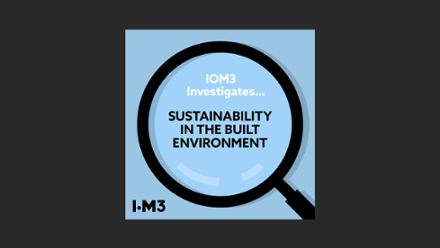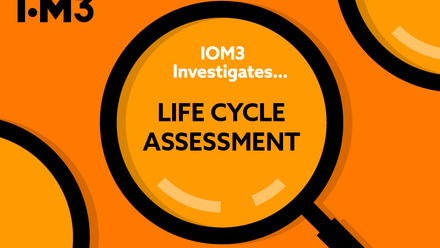Harnessing waste heat for UK communities
The University of Nottingham, UK, has received £1.3mln to develop a low-carbon energy storage system to supply cheap, on-demand heat for people living and working in UK neighbourhoods.

The technology aims to decarbonise the building sector, while also addressing issues of fuel poverty and pollution, by overcoming limitations of conventional thermochemical energy storage systems. Simultaneously, the researchers will investigate the social, economic, environmental barriers that prevent the uptake of community-based heat networks in the UK.
Once tested and operational, a pilot model will be connected to a small-scale district heating network already in operation at the Creative Energy Homes complex at the University of Nottingham. This test-bed demonstrator, which represents about five or six buildings on the University Park campus, will then be evaluated for effectiveness and performance.
Nottingham City Council is a key partner on this project, with the City aiming to be carbon neutral by 2028. The Council is keen to understand whether the prototype could be adopted on its District Heat Network. Gathering statistical data from real-life communities is vital to deliver a product that has buy-in from future users and is capable of meeting their disparate heating needs.
Project lead investigator, Professor Jo Darkwa says, 'From 2030 individual homes and commissioned buildings won’t be able to use individual gas boilers, so we need low-carbon and zero-carbon heating systems that can replace fossil-fuelled systems. A key alternative is district heating systems which distribute hot water into multiple properties via networks of communal pipes.
'District heating systems are advantageous, because they can use excess heat - a free raw material - from industrial processes or sustainable sources such as geothermal to heat water for large numbers of homes. It’s very common in Scandinavia, Germany and China.'
However, the variable nature and temperatures of the low-zero carbon sources, both short-term (daily) and long-term (seasonal), and mismatches between needs and availability of energy, make decarbonisation more difficult to achieve at an individual building level.
'District heating systems are ideally placed to provide the infrastructure to overcome this issue in urban settings, but require suitable energy storage facilities that can cope with an influx of varying source temperatures - commercial waste is a much higher temperature than solar thermal heat, for example. At present, we have limited and effective ways to store recovered waste heat for later usage,' adds Darkwa.
The system involves a very unique double-acting agitated heat recovery and heat charging mechanism to store and discharge the heat. It consists of two fluidised beds of inorganic oxide compounds that have high energy density. The heat can be stored in this material and then at a later date be reactivated by means of chemical reaction.
The project is looking at the most effective material to store heat for later application. Basic materials are commercially-available but they have limitations. Part of the research is to characterise all available materials in the lab and then enhance their heat transfer capabilities.
While conventional thermochemical energy storage systems require intermittent operation, the mechanism and material to be developed for the project could operate continuously at variable temperatures.
Darkwa explains, 'To maximise its supply, the new system will be able to collect heat from different sources and temperatures. It will be flexible and smart, able to sense the temperature that is being delivered and store it appropriately. It will also be relatively cheap to run compared to conventional systems, which store heat in large water tanks at fixed temperature. At domestic level, it removes the fossil fuel cost, and the financial burden of boiler purchase, servicing and maintenance.
'Our system is decentralised. With that you can minimise the amount of heat lost through very long communal heating pipe systems. It can retain the energy in its absorbed state, with near-zero losses and so potentially allow storage inter-seasonally, e.g. storing solar energy in summer during low demand and discharging in winter during high demand.'








